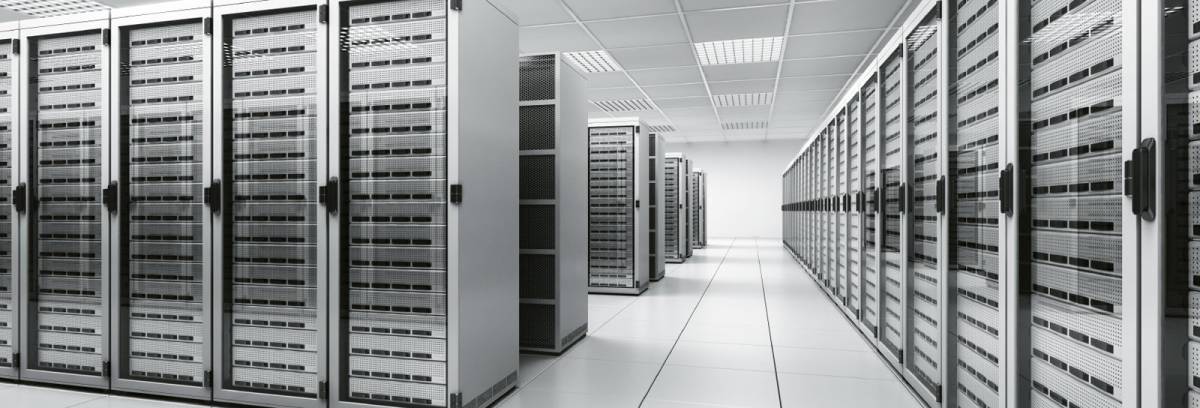The age-old question of what the best setup option is for your server. It’s always a debate as to which choice is best for your needs. The main areas which are affected by the server configuration are performance, hard disk space, monetary costs and scalability.
With each setup comes a list of pros and cons that can help you determine which configuration will best fulfil your needs. Let’s take a closer look at each of the three configurations.
 Tower
Tower
Think of a home PC. A tower server looks very similar to a regular tower PC.
This type of configuration is favourable because of its easy customisation. The server can be specifically optimised for a task, such as a communications server, general-purpose server, web server, etc.
These servers are comprised of minimal components and the software is pre-loaded, easy to use, and easy to customise.
The tower server is generally aimed at small to medium businesses. Some pros of this configuration are scalability which is easy and efficient.
Another plus is the low cooling cost, as these servers have a fantastic cooling solution.
On the other side of the coin are a few cons to this server setup. The cost of upgrading is fairly substantial. Newer high-end hardware is expensive.
Multiple tower server network switches need to be installed, otherwise, each peripheral device must be plugged into each tower server individually.
Each of the tower servers is fairly large which makes them inefficient when it comes to space usage.
Rack
A rack server is a setup in a vertical stand. The intention here is to save floor space and stack servers one on top of the other.
This configuration is used as general-purpose servers that support numerous applications as well as computing infrastructure.
Other peripherals such as extra space, more ram and the like are made in units that fit in the server rack. This makes expansion easy and accessible.
Some pros of using a rack server are that each rack is a self-contained unit. Meaning each rack has access to its system and parts such as a CPU. This makes it easy to run a rack as an independent system or in a network.
The energy cost of running the server is low as well as upgrading is easy.
Some of the cons found in this setup are high power usage and maintenance. Dense racks require more time and effort to maintain.
Blades
Blade servers are made up of multiple modular circuit boards known as server blades. This type of setup is comprised of modular servers stripped down to their CPU, network controller and memory.
Multiple servers can be clustered together in blades or operated as individual servers. Blade servers are used for complex computational needs.
These servers are scalable for high-performance needs just so long as the server space has enough cooling power to supply such a setup.
Benefits of using the blade server setup are the high processing power with minimal space usage, simple monitoring and easy maintenance, thanks to the modular design, ability to host multiple applications, such as the operating system to enterprise-level processes and applications.
Some of the cons involved are high upfront costs. These are mitigated over time due to the easy maintenance of the modular design.
Energy costs can be quite high as the blade server setup requires efficient cooling and climate control, especially when there are many blades present.
Final thoughts
So, you might still be wondering which setup is the best choice for your immediate application.
Take a moment to zoom out of the situation and look at the bare facts. How many people need to use the server? Is it important for the server to be customisable? How much floor space do you have to house the server? Does the server need to have the highest raw power?
Taking a moment to answer some of these questions will help to guide you in making the correct decision. Each of the servers will work but there is going to be an optimal fit for your needs.

Founder Dinis Guarda
IntelligentHQ Your New Business Network.
IntelligentHQ is a Business network and an expert source for finance, capital markets and intelligence for thousands of global business professionals, startups, and companies.
We exist at the point of intersection between technology, social media, finance and innovation.
IntelligentHQ leverages innovation and scale of social digital technology, analytics, news, and distribution to create an unparalleled, full digital medium and social business networks spectrum.
IntelligentHQ is working hard, to become a trusted, and indispensable source of business news and analytics, within financial services and its associated supply chains and ecosystems


 Tower
Tower 







